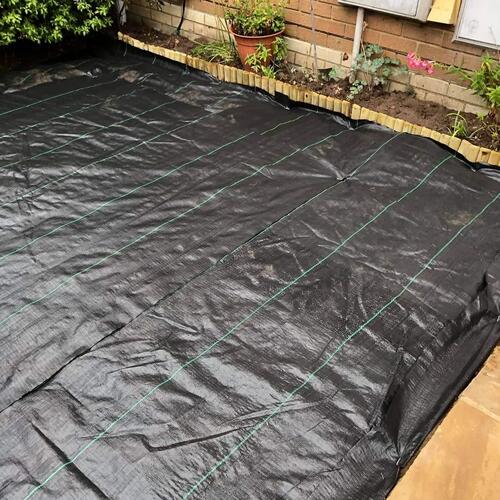How to Start a Garden from Scratch in 10 Steps
How to Start a Garden from Scratch in 10 Steps
Cultivating your garden can seem like an overwhelming undertaking, that's why we have created an easy-to-follow guide to give you an idea of how straightforward starting a garden can be.
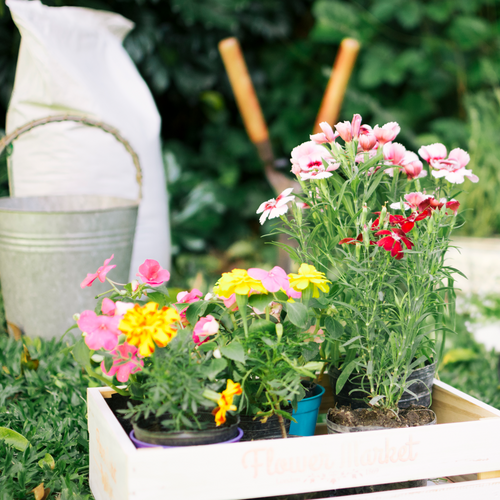
Decide what you want to plant and why
You need to think carefully about what you want to plant before you start any of the gritty work. If you are looking to add more colour and nature to your garden and make it more visually appealing then we think starting with flowers is the best way forward. On the other hand, if you really want to get stuck and plant some fruits and vegetables, starting small in your garden may just be the best step to becoming an expert gardener. As with everything, if you are new to gardening, we suggest you start off small in order to get the best payoff.

Analyse Your Garden
Look around and analyse your garden thoroughly to decide where the best place for your garden to be. We suggest a place that gets a good amount of sunlight all year round. Once you have chosen your spot, you need to make sure that the soil is as good quality as possible. If you want to take the extra step to test your existing soil and add compost and minerals to improve it, you can. On the other hand, if you are considering creating your mini garden on raised sleeper beds, we have an excellent range of our own Wessex soils that would be excellent for this undertaking. We think our Wessex Beds and Borders, Wessex Fruit and Veg and Wessex BS 3882 are excellent choices for this project. They are all different mixes that will help with plant growth and provide much-needed nutrition to whatever you choose to grow. Whether you want to create a sunken garden or add in raised areas, we suggest a place that gets a good amount of sunlight all year round no matter what type of soil you end up choosing.
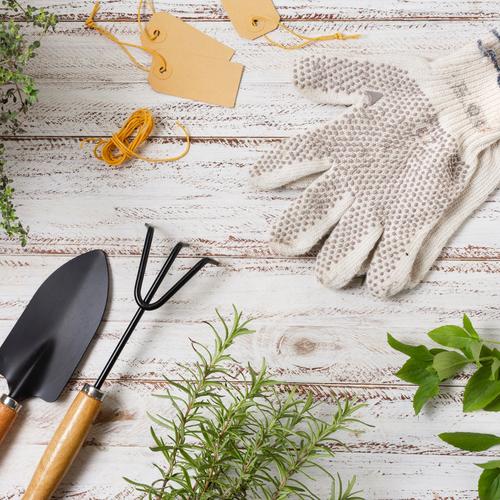
Get Your Tools
Now that the basics are sorted, it’s time to get some tools. None of the gardening tools we recommend is anything complicated or expensive, however, we think they are imperative for anyone who wants to efficiently tend to their garden. You will need:
Garden hoe
Garden rake (for dirt and for leaves)
Watering can/Hose
All 3 of our depots now stock world-renowned Roughneck tools, perfect for all garden projects. Click HERE to see our locations.
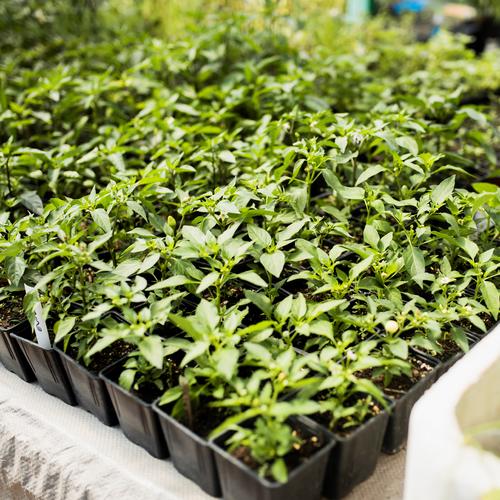
Creating Your Garden Bed
Once you have your tools you can start developing your garden bed. As we have mentioned before, you have the option to start planting directly onto the soil for which you’d need to make sure that the soil is in the correct condition and that any old vegetation and weeds have been removed so they do not impact any of the new vegetation. To give your plants the best possible chance, the beds should be around 4 feet across but small enough for you to reach the centre from each side.
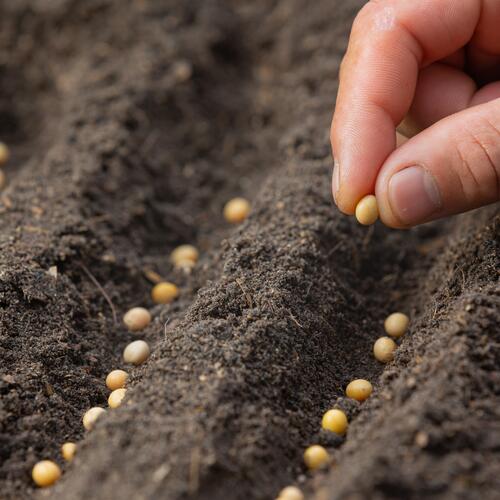
Planting Your Seeds or Seedlings
Choose whether or not you want to start your garden with seeds or seedlings. Although seeds may be the more economical option, they do take longer as it starts from it’s the smallest state. Seedlings on the other hand, even though a little fiddly and slightly more expensive you will be able to see progress and growth much quicker. When you start planting your seeds or seedlings, make sure to plant them in a row or in a grid. This is done so that you can use your space efficiently and your plants have plenty of room to grow and won’t be overcrowded.
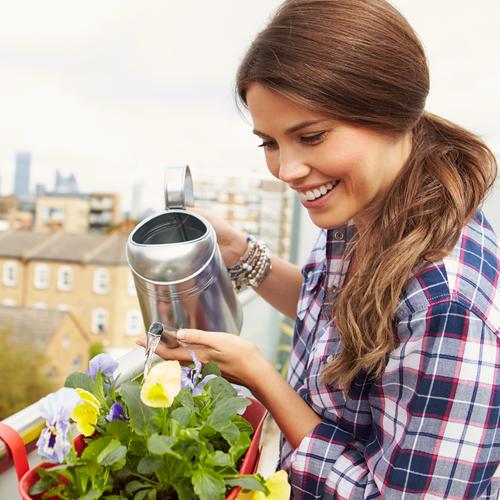
Watering Your Plants
Once you have planted your seed/lings carefully, make sure to water them regularly and as per instructions. The growing stage is vital for plants and therefore needs to be watered and monitored regularly. If you have planted on raised sleeper beds, we highly recommend purchasing wood chips or mulch that are excellent for moisture and temperature control. This step is especially important for sleeper beds because they are prone to drying much more quickly compared to when you plant directly on the ground.

Garden Maintenance
Take care and maintain your garden. As mentioned above, it is important to water your plants, but we also recommend you ensure that the area is clear of any dead leaves and foliage with a rake. Maintaining your plants is vital once they are fully grown as well. Observe them carefully, if the colours look yellowed or brown, you know that’s a signal for a trim. If you were lucky enough to cultivate a garden that is thick and crowded, make sure to prune regularly so that the flow of air and oxygen is not hindered.
Weed Fabric
Linked with the paragraph above, one nearly fail-safe way to ensure that your plants stay undisturbed is to install a layer of weed fabric underneath the base layer. This will ensure that your plants will not be ridden with weeds, which would lead to your entire garden looking messy and can also be dangerous to the surrounding plants. Weed Fabric (that we have available in various sizes) will prevent weeds from sprouting around your garden and destroying all your hard work. You need not worry about the size of your garden or the weed fabric, as we stock an excellent range of sizes of Weed Fabric so you will definitely find one that is appropriate for your garden.
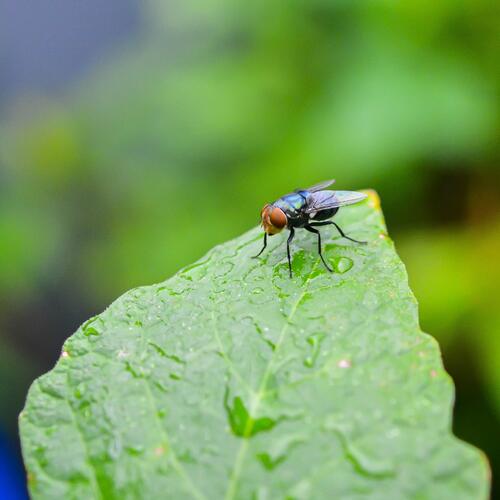
Pest Control
There are various precautions you can take in order to ensure your plants are destroyed by pests and animals. If your plants are in a raised bed, that automatically puts them at an advantage as they will be hard to reach for animals such as rabbits or snails. For bugs and insects, the best way to keep them at bay is to ensure that your plants are as healthy as possible. We have noticed that insects and flies tend to be attracted to dying and rotten plants rather than the robust healthy ones, so there you have your incentive to keep on top of your garden to keep all the annoying pests away.
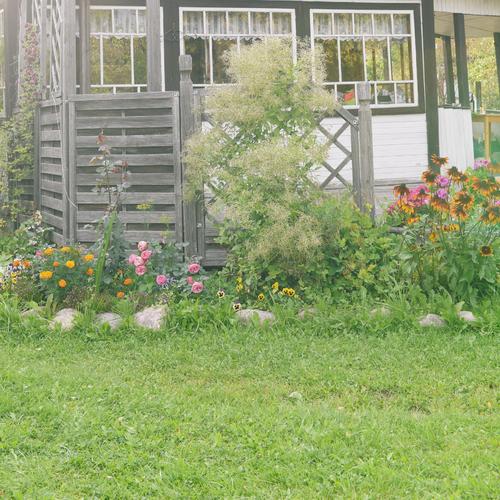
Completed Garden
Now that you have cultivated your ideal garden, you can sit back and enjoy it. Whether you have decided to plant colourful flowers to act as a feature in your garden or go more adventurous and plant some fruits and vegetables, we have hopefully given you some guidance on what to expect when you want to create your garden from scratch.


